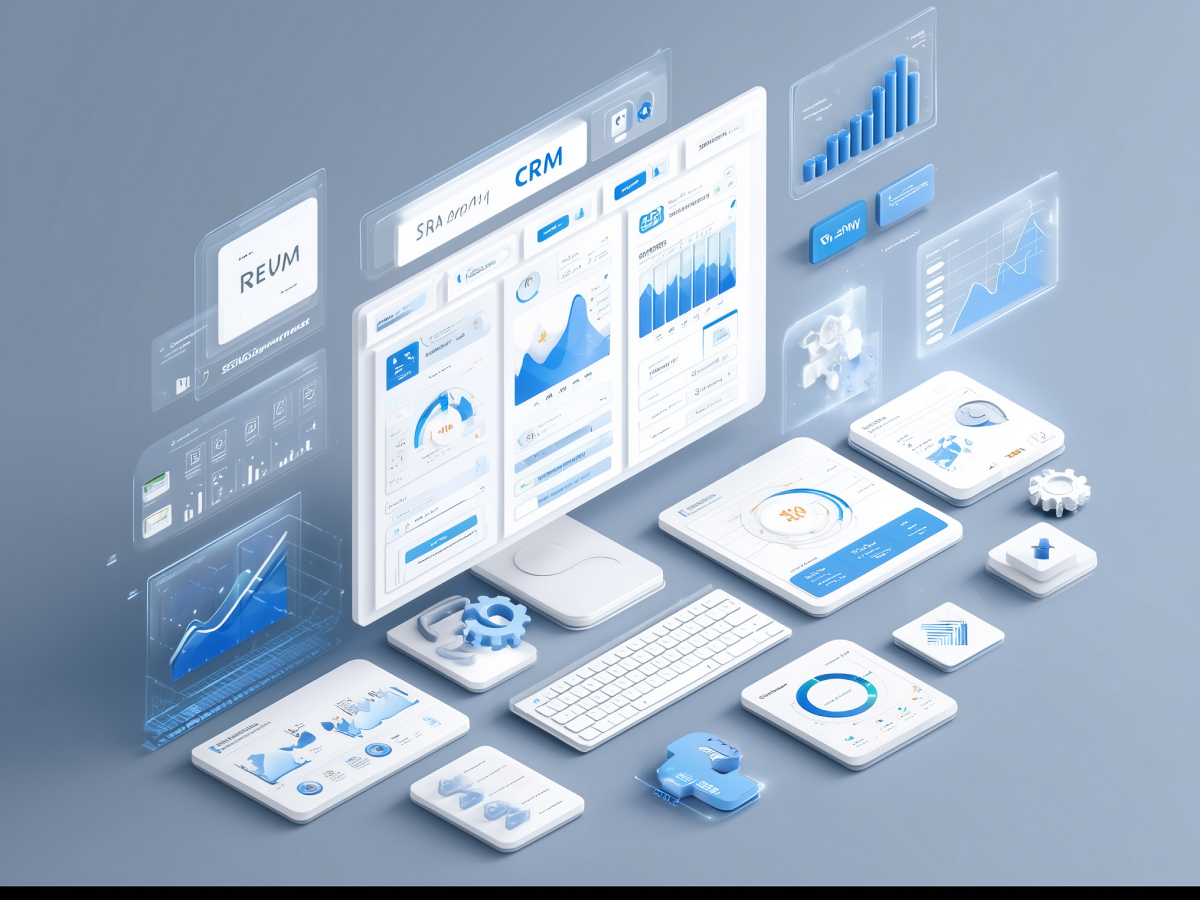Automated bots now dominate travel website traffic
There’s been a major shift happening in the travel industry, and it’s showing up right at the top of your website analytics. Nearly 60% of all traffic hitting travel sites in 2024 came from automated bots. This is reshaping how digital business decisions are made. Many companies think a bump in traffic is good news. But if more than half of that activity is generated by non-human actors, then what you’re actually seeing is system noise that misguides performance reviews, digital investments, and customer acquisition strategies.
According to the 2025 Thales Bad Bot Report, the travel sector has now become the most targeted online industry for bot attacks. In 2024 alone, travel-related websites absorbed 27% of all global bot traffic, up from 21% in 2023. That’s a steep climb. It tells us something important: bad actors are finding travel systems too valuable, too vulnerable, or both.
This kind of inbound bot activity isn’t passive. It distorts analytics, loads infrastructure unnecessarily, and degrades user experience. Retailers in the space are seeing false demand, skewed performance numbers, and underperformance in actual conversions. For a C-level audience, the signal is clear: assess how much of your digital growth is real. If you don’t adjust your data intelligence and customer modeling to filter and combat bot traffic, you’re operating off incomplete, or worse, misleading, information.
Bot attacks are causing significant disruptions to travel operations and customer transactions
These bots actively disrupt normal operations. They target systems methodically. Bots crawl booking platforms, lock inventory temporarily to simulate demand, inflate prices, and even steal loyalty points. The result? Slower customer experiences, false pricing volatility, and friction at checkout. Every one of these instances pushes legitimate users toward competitor platforms or back into offline channels.
The Thales report identifies practical examples: bots engage in “seat spinning” by reserving airline seats up to the payment page just to hold them in limbo, limiting availability and artificially increasing rates. Then there’s SMS pumping, where bots overload verification systems by triggering premium-rate SMS messages, adding direct cost and clogging customer communication pipelines. There’s also look-to-book fraud, where bots generate huge volumes of fake search queries, making conversion data useless and demand forecasting unreliable.
Travel execs are feeling this daily, customer complaints, abandoned carts, and corrupted sales metrics are mounting. What’s worse? Most of these bots run quietly in the background, undetected by legacy systems. Your infrastructure thinks everything’s fine until customers hit snags, slow pages, incorrect pricing, or transaction failures.
If you’re running platforms that rely heavily on dynamic pricing and real-time availability, you need the tooling, and the mindset, to treat bots as core business threats, not just technical nuisances. These disruptions directly hit your revenue cycles, erode customer satisfaction, and force your teams into reactive workflows. That’s not sustainable. It will hurt growth if ignored.
The rise in basic bot attacks stems from accessible AI-driven automation tools
We’ve reached a point where launching a bot-driven attack on a travel platform no longer requires specialized skills. In 2024, over half, 52%—of travel industry bot incidents were from what the industry classifies as “simple” bots. These are unsophisticated but highly disruptive scripts fueled by AI-powered automation tools now widely accessible online. Anyone with basic technical ability can start using them. That is a risk acceleration.
What’s changed is the barrier to entry. With lower costs and off-the-shelf automation tools flooding the market, opportunistic and malicious actors can now interact with your systems at scale with minimal effort. The result is a wider attack surface and much less predictability. These low-effort, high-noise attacks may not aim for precision, but they grind down performance and drain resources over time.
For leadership teams, the takeaway is simple: don’t underestimate basic threats. They aren’t just trial-and-error annoyances. They compound over time and create systemic drag across your platforms through degraded user experiences and elevated operational overhead. Executives must ensure their teams apply layered defenses that address both low-sophistication and high-sophistication threats, because waiting until an attack becomes “advanced” is a short-sighted strategy in 2024.
APIs have emerged as critical targets for advanced bot attacks
Travel companies rely heavily on APIs, application programming interfaces, to connect core services like flight and hotel searches, cross-platform bookings, dynamic pricing, and loyalty program data. These APIs are now a preferred target for advanced bots. According to the 2025 Thales Bad Bot Report, 44% of such attacks in 2024 exploited API vulnerabilities. That’s not an incremental concern, it’s systemic exposure.
The problem with API attacks is that they bypass conventional defensive solutions. Tools like CAPTCHAs don’t apply at the API layer, and bots designed to interact directly with backend services can operate without triggering user-level alerts. Attackers can scrape pricing data, manipulate availability signals, or exploit reward system logic, all without setting off alarms built for web traffic.
For C-suite leaders, the next move is clear: identify how your APIs are validated, authenticated, and monitored. Visibility is a prerequisite. You need to know which endpoints are exposed, how much traffic they receive, and what portion of it is anomalous. This requires more than traditional monitoring. API-level threat detection calls for behavior-based analysis, throttling thresholds, identity validation, and near real-time policy updates.
If APIs are a core part of how you acquire business and serve customers, and in travel, they absolutely are, then defending them is no longer just a technical task. It’s core business continuity.
Traditional security measures are inadequate against evolving bot threats and require a smarter, Multi-Layered defense strategy
The travel sector is still operating with security tools that were never designed to counter today’s level of automated threat. CAPTCHAs and basic rate-limiting, once considered effective, are now irrelevant against evolving bots that mimic human behavior and navigate digital barriers with ease. These methods may block unsophisticated scripts, but they’re ineffective at stopping persistent, adaptive bot networks. Worse, they often frustrate real users more than attackers.
The 2025 Thales Bad Bot Report makes this clear. Bots increasingly bypass traditional detection techniques, moving quickly through login portals, checkout APIs, and loyalty program gateways. Tim Ayling, Cybersecurity Specialist at Thales, explicitly called out these limitations and urged companies to upgrade fast. His message is straightforward: companies can’t rely on legacy tools if those tools were never designed to handle automation at this speed and scale.
What’s needed is layered defense, systems that detect threats across all surfaces of the tech stack, from user interface elements to deeper functionality like APIs and credential authentication. This means integrating behavior-based security, traffic anomaly detection, continuous threat modeling, and real-time policy enforcement. It’s also essential to test defenses routinely. Any static system in a dynamic environment becomes outdated quickly.
Peak travel seasons amplify the scale of risk. When demand spikes, so does bot activity. If the infrastructure isn’t resilient, businesses run the risk of not just customer loss, but system failure and reputational damage. For the C-suite, it’s a budgeting decision and a leadership decision. Invest now in future-proofed security architecture or absorb the cost later through operational friction, revenue leakage, and trust erosion.
Key takeaways for leaders
- Automated bot traffic is now dominant: Nearly 60% of travel website visits come from non-human sources, skewing analytics and overwhelming infrastructure. Leaders should audit traffic sources and recalibrate KPIs to reflect true customer engagement.
- Bot-driven disruption is hurting operations: Automated bots are inflating prices, blocking bookings, and hijacking loyalty points, directly impacting sales and customer trust. Execs must align cybersecurity and e-commerce functions to neutralize profit leaks.
- Basic bots are creating enterprise-level problems: Over 50% of bot attacks are from easily deployed, low-skill tools made possible by automated platforms. Leaders should invest in defenses that detect and block both simple and complex automation.
- APIs are critical security weak points: 44% of advanced bot attacks now target APIs that power pricing, booking, and loyalty functions. Prioritize API visibility, traffic validation, and endpoint monitoring to close gaps in digital services.
- Traditional defenses are no longer effective: Tools like CAPTCHAs are failing against smarter bots and frustrating real users. Decision-makers should deploy layered, adaptive defenses that evolve with threat sophistication, especially ahead of seasonal peaks.





